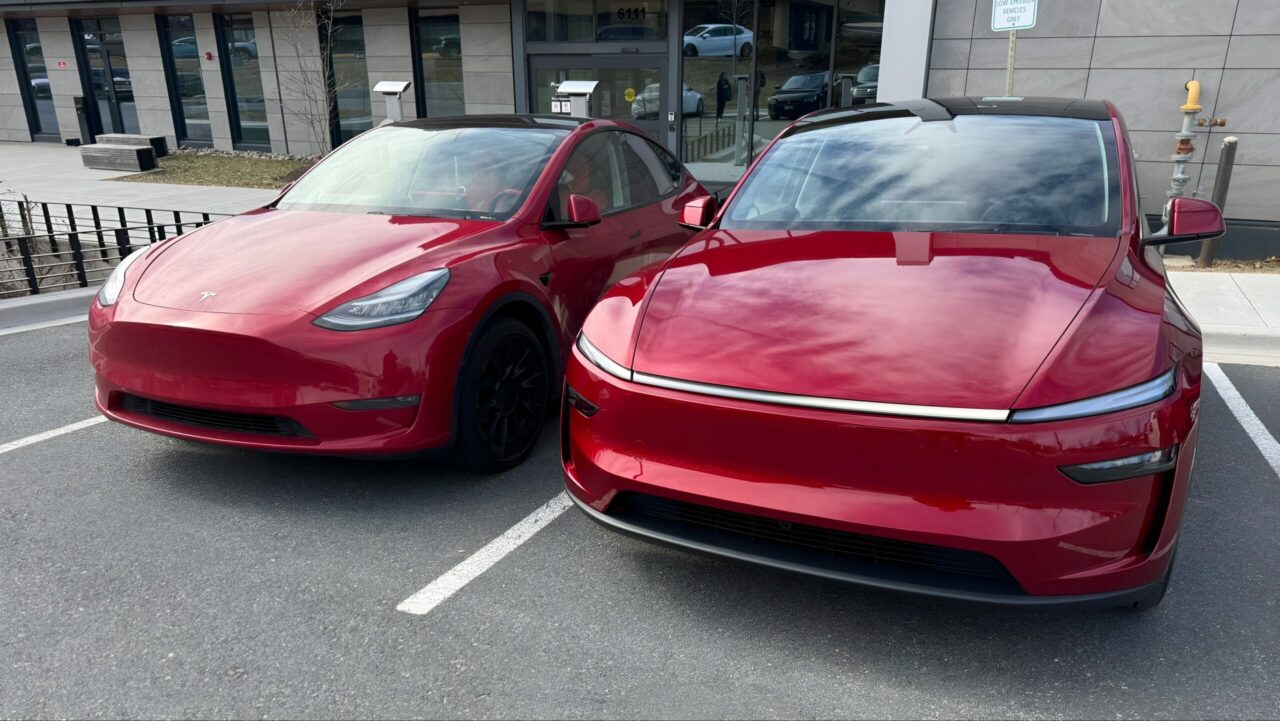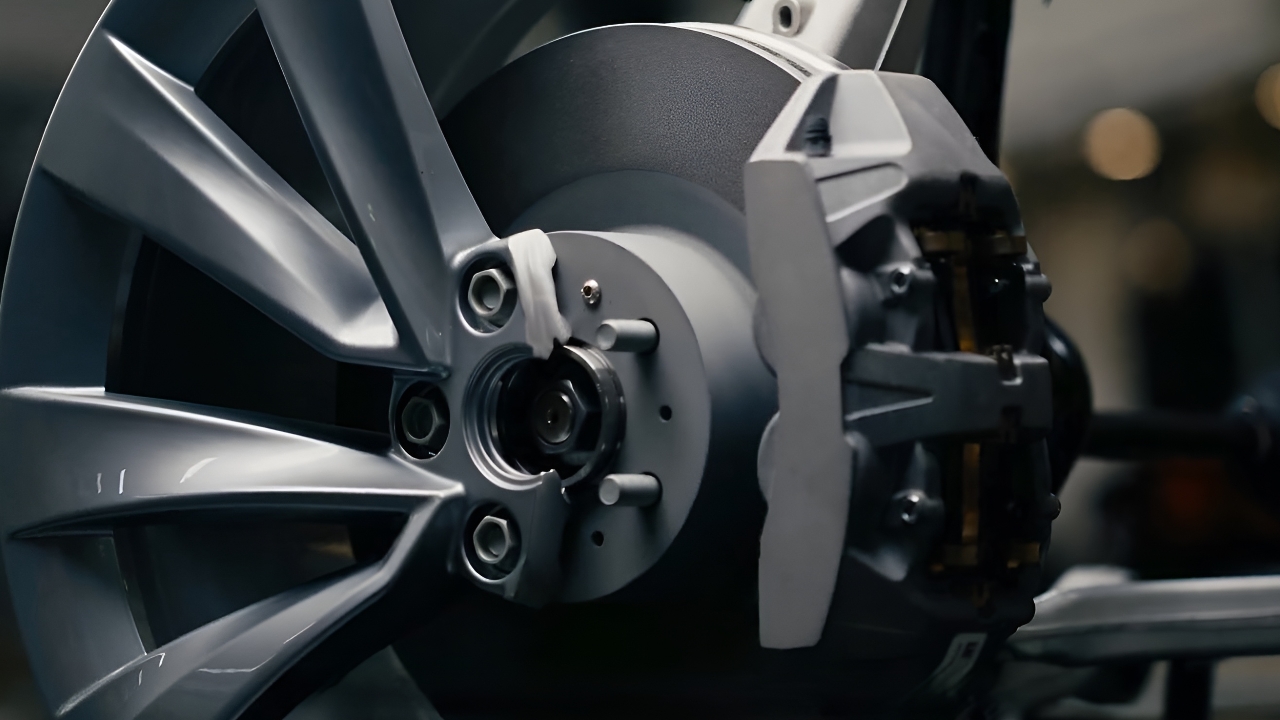One of the ways Tesla has increased the efficiency of its new Model Y Juniper is with its redesigned brake system. This system applies more regenerative braking when the brake pedal is pressed to provide a longer range with the same battery capacity. So how does it work? Details in our news…
The new Tesla Model Y has a brake system fully controlled by FSD AI
When Tesla announced the 2026 Model Y Juniper, it also stated that the electric SUV would offer a longer range per charge. And this increase is indeed achieved by increasing the vehicle’s power consumption efficiency. Tesla said that factors such as a lower coefficient of drag, better aerodynamics and improvements to the brake system have increased the range per charge with the same battery by 5%.

The Model Y is lighter, more compact and comes with an all-new brake system that includes two independent hydraulic cylinders for the first time. According to Tesla’s chief engineer Lars Moravy, the Model Y Juniper’s brake system now has two main cylinders, and the driver only controls one of them.
The other cylinder engages the brakes when the vehicle is operating in Autopilot or FSD (Full Self-Driving) mode. This means that the brake pedal does not move while the vehicle is driving itself. So during FSD sessions, the Model Y’s brakes are completely controlled by the HW4 computer. This computer uses AI algorithms to decide when and how to slow down and how much energy to recover through regenerative braking. All the while, the brake pedal inside the vehicle remains stationary.
In other words, the Model Y Juniper uses regenerative braking more than other Tesla vehicles. Depending on the force the driver applies to the brake pedal, the Model Y now engages regenerative braking first and engages friction braking when the situation requires it. This maximizes the energy recovery and efficiency of the Juniper regeneration.
There is also a new regenerative braking mode under the Reduced Deceleration option in the Model Y’s settings. According to Tesla, this mode “adjusts how quickly the vehicle decelerates when the accelerator pedal is released,” allowing for more energy recovery.
Tesla says the transition between increased regenerative braking and decreased friction braking is now smoother and more seamless, so the brake pedal feel is unchanged. What do you think about this? You can leave your thoughts in the comments section below…














